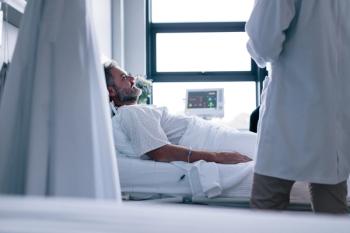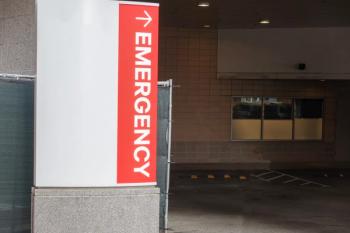
FDA-Approved Device Uses Data to Assess Risk of Pressure Ulcers
The SEM Scanner detected pressure ulcers five days before a nurse’s visual skin assessment.
A wireless handheld device made by Bruin Biometrics to assess patients who are at increased risk of pressure ulcers has been granted U.S. Food and Drug Administration (FDA) marketing authorization, according to
The FDA granted marketing authorization for the scanner, in part due to data from
The study found that the SEM Scanner detected pressure ulcers an average of five days before a nurse’s visual skin assessment.
The SEM Scanner is intended to be used as an adjunct to the standard of care and, according to the release, is the world’s first FDA-authorized device to objectively alert clinicians to specific anatomical areas of a patient’s body that are at increased risk for developing pressure damage.
“Having anatomically specific risk information gives nurses valuable advance notice to institute additional preventive treatment tailored to a patient’s unique needs,” said Ruth Bryant, Ph.D., SEM Scanner study investigator and author of “Acute & Chronic Wounds.”
Readings from the SEM Scanner provide objective clinical information that directs clinicians to areas at risk of developing pressure ulcers, or bed sores, before damage is visible.
“Objective, scientific data from the SEM Scanner can give clinicians the confidence to take action and intervene with methods to prevent pressure ulcers,” said Barbara-Bates-Jensen, M.N., Ph.D., a professor at the UCLA School of Nursing and the David Geffen School of Medicine and co-inventor of the SEM Scanner.
Early interventions can reverse the effects of tissue damage and prevent injuries from breaking through the skin.
Currently, decision making relies on assessing a patient’s overall risk of developing pressure ulcers and then completing a subjective skin and tissue assessment. The problem with this method, though, is that clinicians do not know where the risk is building until the damage is already visible at the skin’s surface. And once these pressure ulcers are visible, tissue damage has already occurred.
In the U.S., more than 2.5 million people develop pressure ulcers annually, and 60,000 Americans die each year from complications from them, at an annual cost of up to $11.6 billion to the U.S. healthcare system.
The SEM Scanner is in full commercial use in Canada and the European Union.
Get the best insights in healthcare analytics
Related






















































































